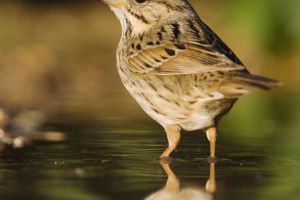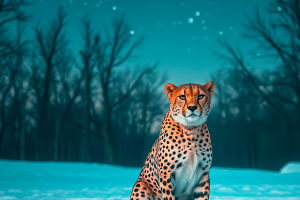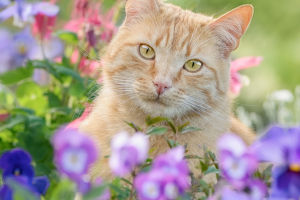When you think of owls, you might picture large, imposing creatures of the night, but there’s one owl that flips this image on its head—the elf owl.
As the smallest owl species in the world, the elf owl (Micrathene whitneyi) may surprise you with its size, but don’t let its small stature fool you—it’s still a formidable raptor.
At just 12-14 cm long, about the size of a small tin of beans, the elf owl is incredibly tiny. Despite its small frame, weighing only 35-55 grams (less than your average tennis ball), it packs a punch as a predator. Native to the arid, thorny deserts of the southwestern United States and Mexico.
While their size may be compact, elf owls are skilled hunters. Their diet consists of insects such as crickets, beetles, moths, grasshoppers, cicadas, and even scorpions. They also hunt small reptiles, rodents, and other creatures, making them a versatile predator in their environment.
Elf owls’ nesting habits are as fascinating as their size. They typically nest in cavities left behind by woodpeckers or other suitable tree holes and cacti. Their small size allows them to take shelter in spaces that larger birds cannot access, giving them an advantage in the desert landscape.
The reproduction process of elf owls is an interesting sight. Males attract females at the beginning of the breeding season by singing from their nesting hole. These songs help the male mark its territory and demonstrate to the female that it’s a capable partner. Once a pair is formed, they work together to protect their nest from threats like snakes and larger predators, including other owls.
One of the most fascinating behaviors of elf owls is their unique approach to housekeeping. To keep their nest free from parasites, elf owls bring in thread snakes, which feed on harmful pests that could pose a risk to the young owlets. These little owls even welcome ants into their nest to help clean up and protect their offspring.
Despite their size, elf owls have an impressive ability to adapt to their surroundings and thrive in challenging environments. Their clever behaviors and remarkable hunting skills make them a true wonder of the animal kingdom, proving that even the smallest creatures can pack a big punch in the world of predators.


